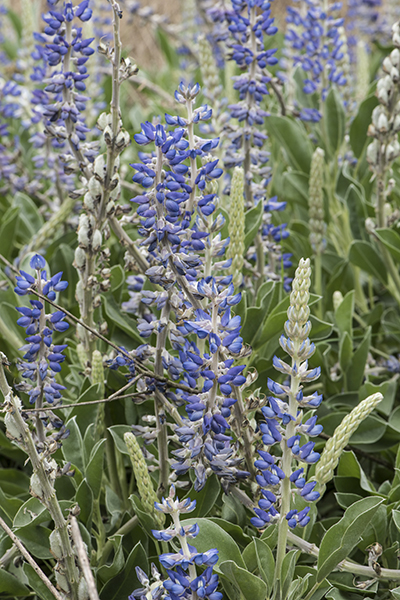Wednesday's Wildflower: Yellow Jessamine

I could not think of a better native wildflower to feature in February than Yellow Jessamine, Gelsemium sempervirens . After reading Roger Hammer's sinister portrayal of this "pretty and evil” native, your appreciation for its lovely flower and fragrance will be restored by the poem “Yellow Jessamine” written by Constance Fenimore Woolson in 1874. Thank you to Peg Urban, who brought this poem to my attention when she remembered it from a past issue of the Palmetto . CAROLINA JESSAMINE Gelsemium sempervirens (L.) W.T. Aiton Gelsemium Family (Gelsemiaceae) text and photos by Roger Hammer, Dade Chapter Carolina Jessamine, by Roger Hammer, Dade Chapter This twining vine has stems to 20' long with light green, lanceolate leaves from 1"–3" long and ½"–¾" wide. The fragrant, trumpet-shaped flowers are about 1½" long and are typically present from January into April. Look for it in deciduous forests south



